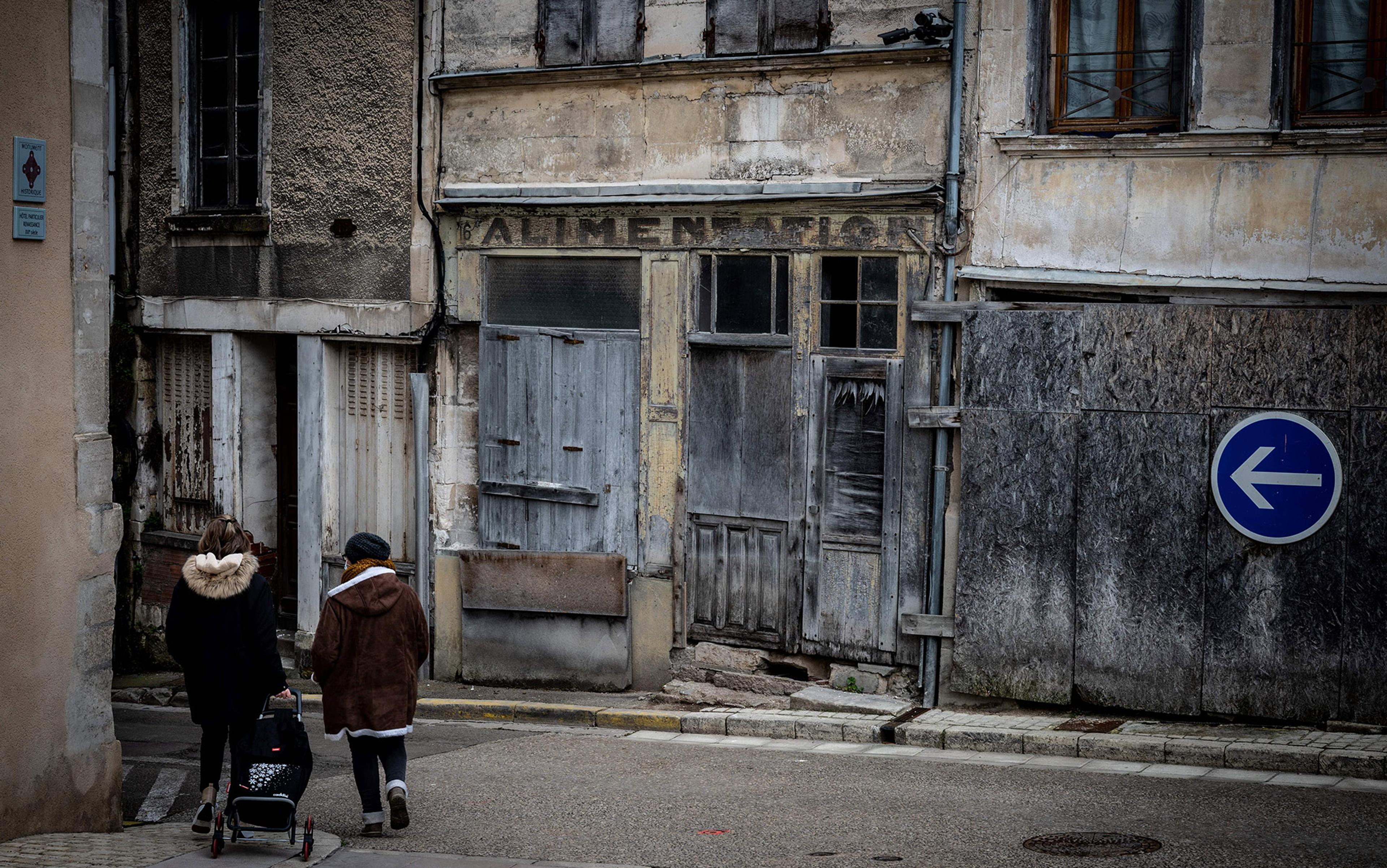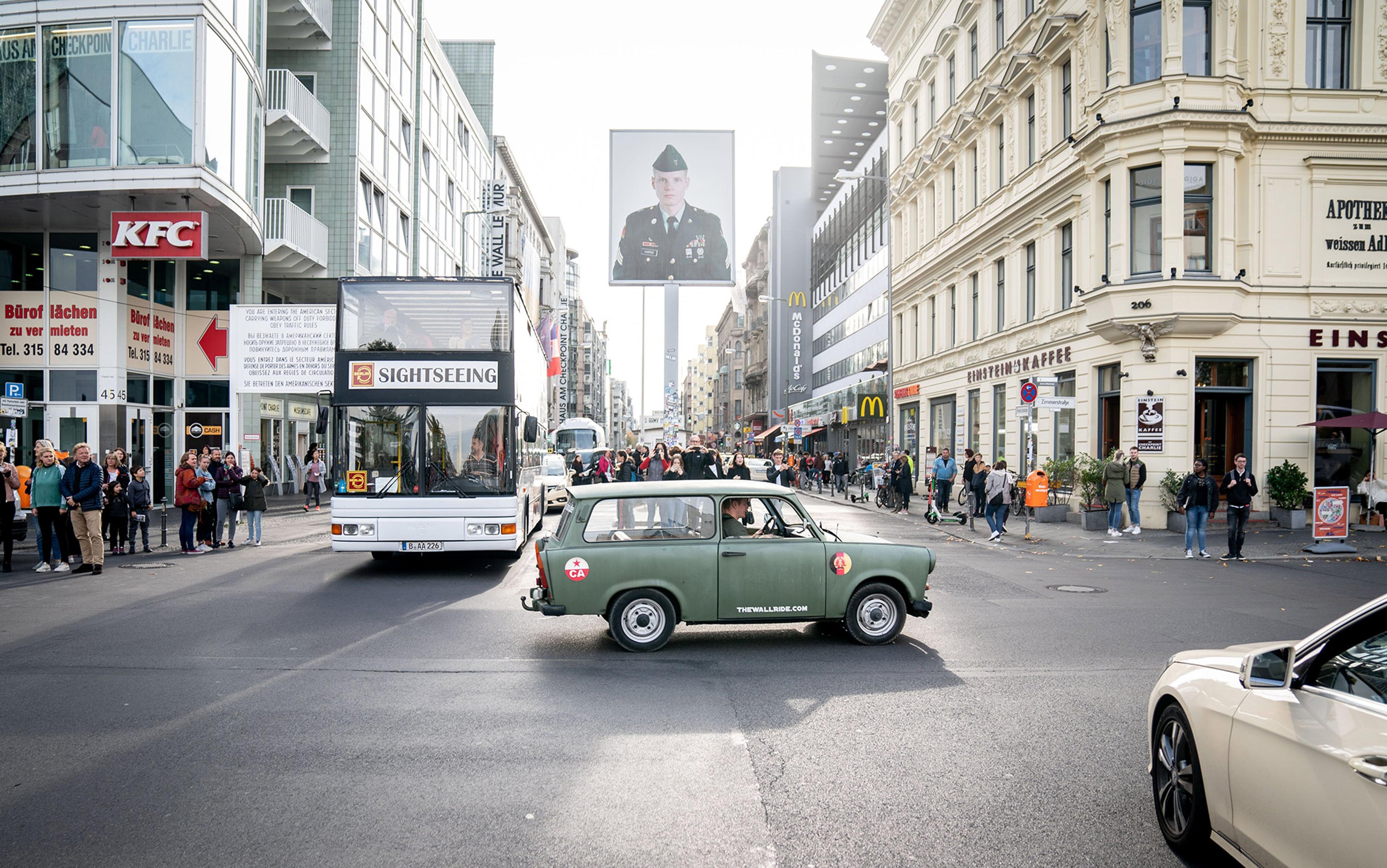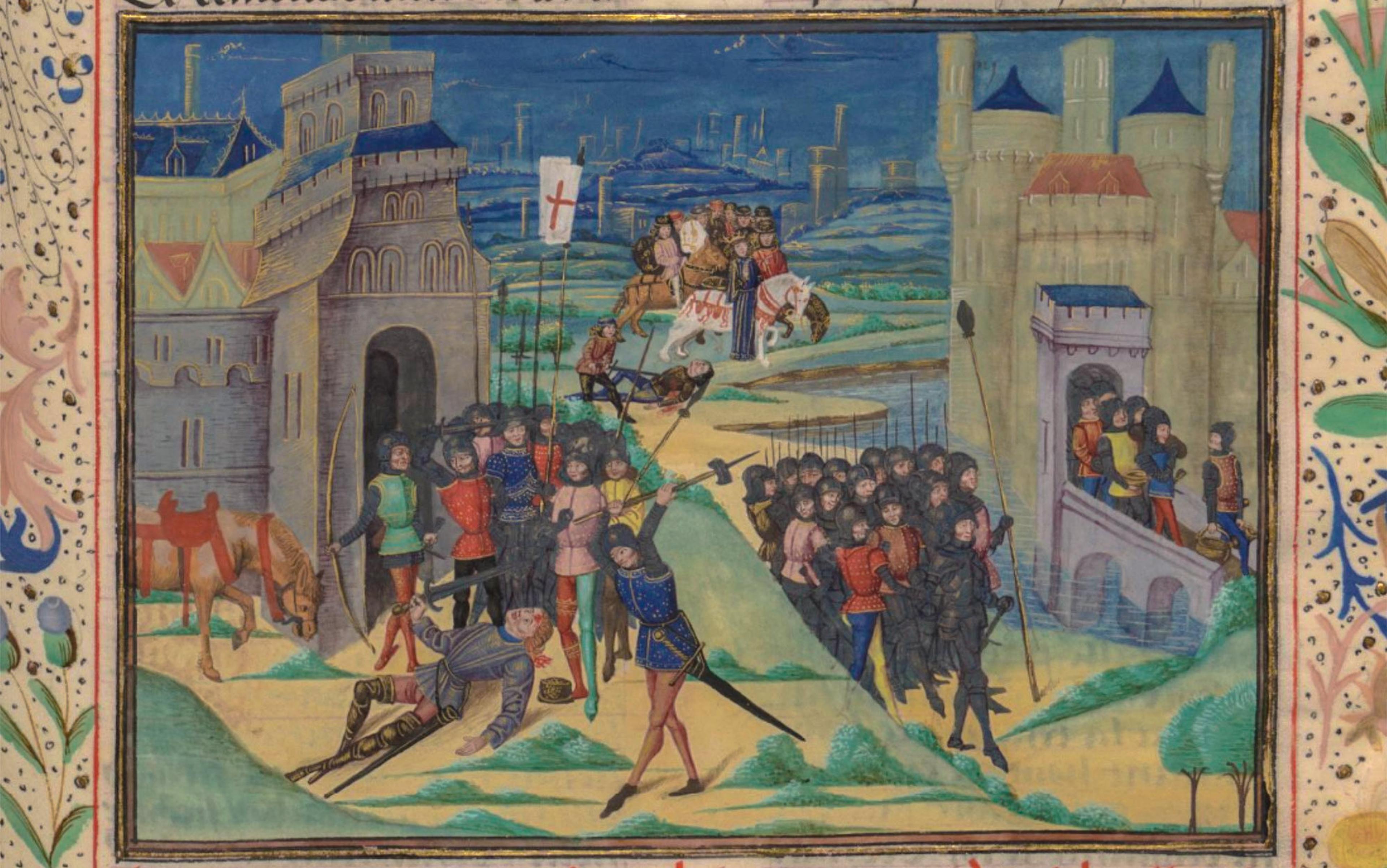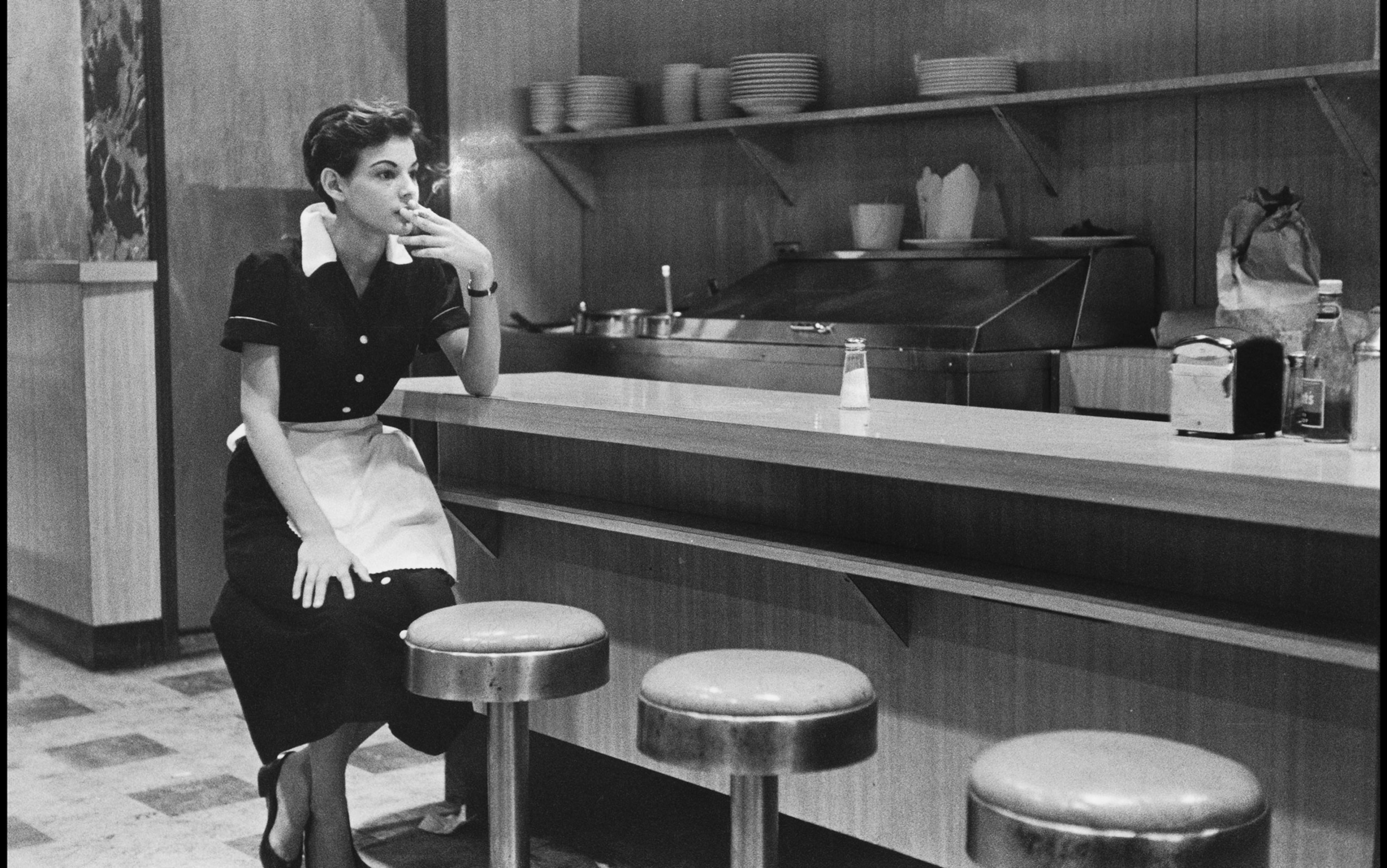One summer evening in 2015, a deranged young man entered a Black church in Charleston, South Carolina. After spending nearly an hour with the assembled prayer group, he began screaming that they were ‘rapists’ who were ‘taking over our country’, and proceeded to spray them with bullets. When he left the church, nine innocents, some of whom had tragically prayed for him, lay dead.
Within days, photos surfaced on the internet showing the killer wrapped in the flags of Rhodesia and apartheid South Africa. Before long, on the other side of the world in 2019, another terrorist perpetrated a similar act. Entering two mosques in Christchurch, New Zealand, he also murdered people at prayer. Soon after, not photos but a manifesto turned up on the internet. Darkly titled ‘The Great Replacement’, it cited the Charleston attacker as an inspiration, and decried the ‘Millions of invaders landing on our shores, conquering our towns and without a single shot fired in response.’ That killer would, in turn, get credited as an inspiration by yet another murderer, this one killing 10 Black people in Buffalo, New York this spring, all while he decried ‘white genocide’.
The Charleston killer’s morbid fascination with fallen white-supremacist states probably stemmed from the fact that, in them, he saw his own future. Virtually all the former European colonies of Asia, Africa and the Caribbean have gone from being importers of European settlers to exporters of workers, in the space of a few decades. If one were to visualise colonialism as a wave that washes up onto a shoreline, as Europeans fanned out across the globe, you could say we have now entered the reverse wave, as the tide recedes and the world’s white population declines. What united these terrorists was a deluded quest to somehow beat back the tide and preserve some amorphous ‘white’ civilisation.
The tragedy is that all you’d need to do to show them how misguided they are to believe whites are in any way threatened by all this would be to take them to Zimbabwe (formerly Rhodesia) or South Africa and show them how white people there are actually doing today. The toniest neighbourhoods of Harare are still filled with white people, and South Africa’s billionaires list, still overwhelmingly white, has only swelled under Black-majority rule. The white share of the population may have declined, thanks mainly to higher Black birth rates. But their overall prosperity has only risen. And as one economic study after another tells us, the net effect of immigrants on the recipient economy is to create more jobs than they take. The immigrants in Western societies are the heroes sustaining our economic prosperity, not the villains.
So it’s really a cinch to condemn believers in a great replacement as society’s true deplorables. Almost everyone does: they’re manipulated like pawns by a Right that feeds them self-serving lies; scorned as idiots by a Left for believing them; and then renounced as demented by all when they act upon those lies. But here’s the thing. While believers in a great replacement are indeed credulous, foolish and often outright sick, they are also, uncomfortably, not entirely wrong. They have been replaced.
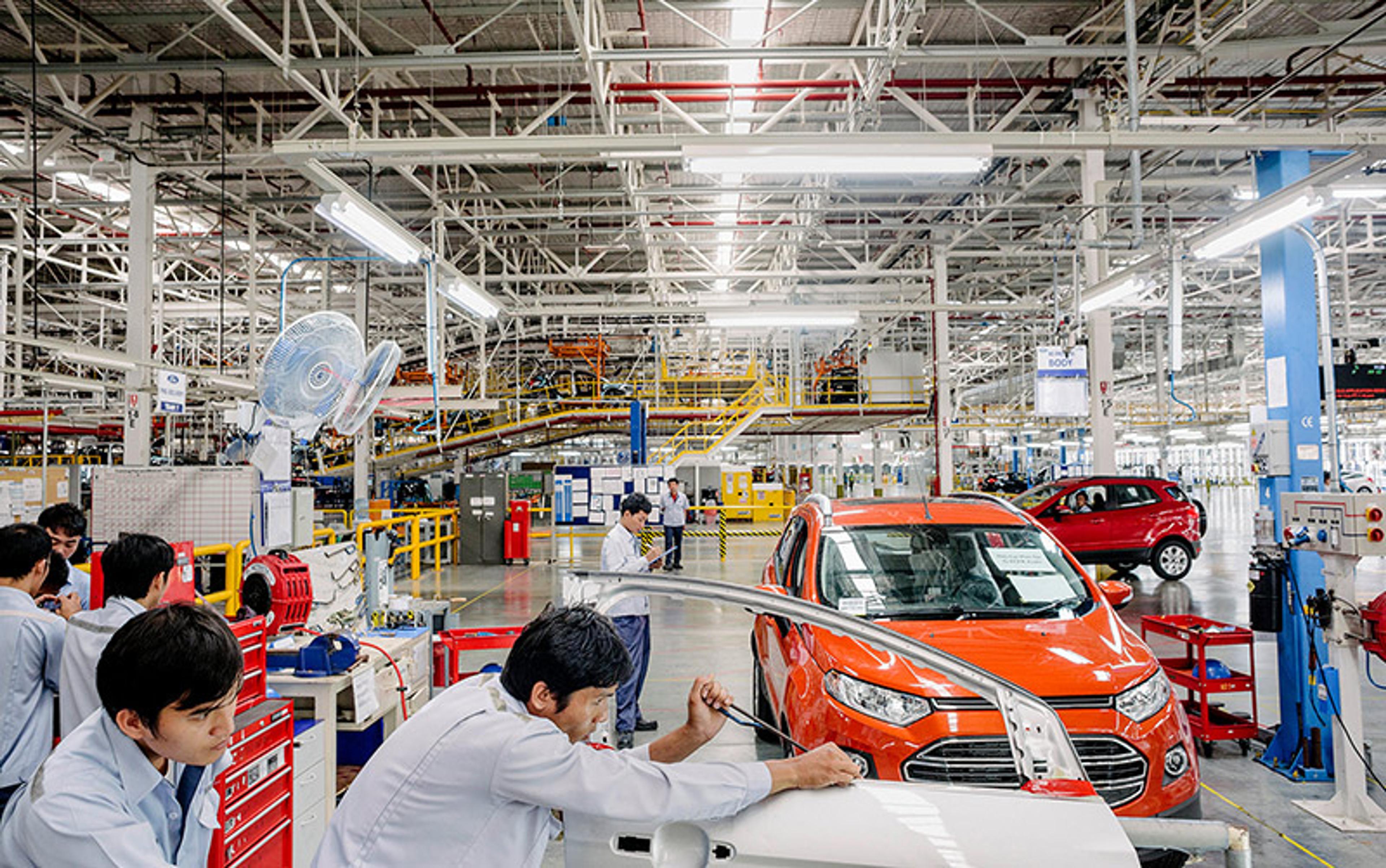
Workers in the Ford factory in Rayong, Thailand in 2013. Photo by Ian Teh/Panos
But not by the people they blame. The actual architects of their fate, who know what they’ve done, prefer to keep it silent, allowing their victims to wallow in mad conspiracy theories because it turns their eyes away from the real culprits.
The Christchurch terrorist lifted much of the language of his manifesto from a novel by Jean Raspail. Titled The Camp of the Saints (1973), it opens on a sunny day in a French Mediterranean town. As the narrator takes in the magnificent landscape – the sumptuous waterfront with its green palm trees and fine white homes, the sea sparkling in the sunlight, its ‘opulent veneer’ of yachts peopled by ‘muscle-bulging skiers and gold-skinned girls’ – he spots a dark speck in the distance. Soon, a flotilla of rusty, creaking ships, its arrival heralded by the stench of latrines, fills the horizon. Inexorably, the ragtag fleet approaches the shore, then spills out its human cargo, which quickly disappears inland. The great replacement of Europe’s white population has begun.
This imagery, of a people watching a foreign horde take over their land, has proved to be enduringly popular among nativist politicians and journalists. Whether it’s Donald Trump frothing about Mexican rapists, Nigel Farage scanning the English Channel for refugee boats, Boris Johnson warning that the Roman Empire was brought low by ‘uncontrolled migration’ or his home secretary damning the ‘Lefty lawyers’ assisting any asylum-seekers who make it across the Channel, the image of armies of dark unwashed migrants overwhelming a supine West crops up frequently. Talk of the ‘great replacement’ has peppered the speeches of Viktor Orbán and Matteo Salvini, and played a prominent role in the French presidential campaign of Éric Zemmour.
It seems fitting that rhetoric of a great replacement should have featured so prominently in France, because that’s where the concept originated. The term ‘great replacement’ comes from the title of a 2011 book by Renaud Camus, who in turn credited Raspail for inspiring him. But he also credited one of Farage’s heroes, the British politician Enoch Powell, whose infamous 1968 speech prophesied that ‘rivers of blood’ would wash over England once Black immigrants claimed the ‘whip hand’ over native-born whites.
Yet the idea of a civilisation-destroying invasion is much older than that, so much so that one could argue it’s woven into the Western world’s creation myth. In 1764, Edward Gibbon sat among the ruins of Rome and pondered the collapse of what most educated Britons then thought a high-water mark of human history: the Roman Empire. Moved by his ruminations, Gibbon went on to write his monumental History of the Decline and Fall of the Roman Empire (1776-88). In it, he blamed spiritual decay at the heart of the Empire for the loss of will to resist the barbarian invaders. Or, as Arnold Toynbee would later put it, civilisations die not through murder, but by suicide (The French Suicide being, not accidentally, the title of a 2014 book by Zemmour). And while Gibbon has been largely surpassed by contemporary historians, even respected scholars can still be tempted by his Manichaean duality. When Islamist terrorists launched a series of attacks in Paris in 2015, the historian Niall Ferguson wrote a Boston Globe op-ed titled ‘Paris and the Fall of Rome’. Claiming that Gibbon’s writing on the Goths’ sack of Rome perfectly anticipated the decline of the modern West, Ferguson lamented that our society had ‘grown decadent in its shopping malls and sports stadiums’ while opening its gates to outsiders who ‘coveted its wealth without renouncing their ancestral faith’. A rather high-brow version of the great replacement.
The seeming ubiquity of white people in the 20th century was something of an aberration
Unlike most conspiracy theories, this one actually has a basis in fact. Both globally and in its own heartlands, the white share of the population, which is to say that with European ancestry, is in decline. Immigrants from the developing world are helping to make up the numbers. And, as they do, the condition of the traditional working class has been worsening. The link seems all too obvious to many people.
But facts, as Ronald Reagan once inadvertently said, can be stupid things. Outside of a narrative, they mean nothing. So let’s start by putting these facts in their historical context. In the 19th century, the Western world passed through the industrial revolution. The starting times for this transformation varied from country to country, with Britain’s largely done by the time the United States began its own in earnest, after the Civil War. But by 1900, all Western countries had moved well down the road to becoming largely urbanised societies whose output came mainly outside the traditional economic base of primary production. The improvements in farming technology that enabled, and forced, so many people to migrate to the cities also raised the efficiency of agriculture. While urbanisation and factory work entailed considerable hardship, the rise in food output improved nutrition for most of the population, the average caloric intake rising by as much as a third over the course of the century. Added to this were improvements in medical technology that the newly crowded and disease-infested cities necessitated. In particular, the spread of vaccination and improvements to public sanitation drove up Western life expectancy, with infant mortality plunging after about 1870.
Yet while more children were surviving, average family sizes took several generations to adjust downwards. As a result, from 1850 to 1950, Europe’s share of the planet’s population surged, from its historic average of around 15 per cent, to 25 per cent on the eve of the First World War. Moreover, since the changes in agriculture that helped to make this possible had sharply reduced the need for farm labour, there was less need for workers. Where traditional agricultural patterns persisted alongside the new larger farms, as in southern Europe, average farm sizes grew steadily smaller, the land getting subdivided further with each passing generation. Thus, many of those who remained on the land could no longer live off it.
So, for about a century after 1850, Europe was producing a huge surplus of labour. Of course, this happened to be the high age of European imperialism. By the early decades of the 20th century, half the planet was ruled either by European empires or by their former colonies, such as the US and Canada. The colonies and ex-colonies, eager to exploit the land and resources they now controlled, thus became magnets for European migrants.
The narrative of white genocide is completely, demonstrably wrong
Put simply, the seeming ubiquity of white people in the 20th century was something of an aberration. It was just a matter of time before the historic balance restored itself. And, on cue, in the early years of the 20th century, birth rates began falling in Western societies, a trend that was interrupted but not reversed by the postwar baby boom. This happened to be the very same time that the European empires broke up, with the number of independent states in the United Nations nearly doubling (from 51) in the 15 years after the Second World War, then adding more than 50 in the next 20.
Top of the list of priorities for these new governments was to distribute the benefits of development to their peoples. Thus, the post-independence period saw the rapid expansion of public education and healthcare in much of the developing world. Since they were applying existing technology rather than building it gradually, as Western countries had done earlier, the impact was more rapid. Instead of the century and a half it took the United Kingdom to cut its infant mortality rate from one in three to one in 20, it took Malaysia, 100 years later, a little more than a generation. All told, in the latter half of the 20th century, the developing world experienced a population boom that mirrored that of the West a century before, but in much less time. Whereas Europe’s population doubled in the century after 1850, Africa’s population tripled in half the time, after 1950.
So the great replacement is merely a reversion to the mean. The white share of the planet’s population has gone back to where it always was. While there are more non-white people than before in Western countries, there are also plenty more white people in what were historically non-white lands, such as the Americas and elsewhere. Redistribution rather than replacement.
As for likening contemporary immigration into Western societies to the barbarian invasions, as Right-wing populists have taken to doing, let’s get real. The immigration into the Roman Empire was controlled by emergent states outside the Empire (which anyhow often negotiated the incursions). Immigration into the modern West is controlled almost entirely by recipient states, the result being that illegal migration constitutes only a tiny share of the total. The barbarians depleted the capital stock of the Empire. Today’s immigrants build the capital stock, joining the labour force at a higher rate than the native-born population. The barbarians disrupted order in the Empire. Today’s immigrants are less a threat to order than the native-born population, with for example Islamist terrorism being much less of a threat than homegrown – often far-Right – terrorism.
But so what? A new fact-checking website won’t end the scourge of white-supremacist terrorism. That’s because, as the second US president John Adams said (to be later misquoted by Reagan), facts are also stubborn things. The narrative of white genocide is completely, demonstrably wrong. But the facts are still clear. Global migration has profoundly altered Western societies in ways that have worsened the condition of much of the traditional white working class, plunging it into existential crisis and causing some to fall prey to violent conspiracy-thinking.
However, they’ve focused all their attention on the wrong migration.
When Europe’s empires broke up after the war, the governments that took control of the new states most often amounted to islands of urban modernity in a sea of rural poverty. Eager to rapidly catch up to the West, they generally implemented urban-focused development policies that sought to use state-power to accelerate their own industrial revolutions. To generate the resources needed for such ambitious programmes of investment, they usually taxed the primary sector, where most people then operated. This ‘urban bias’ meant the best jobs, schools and amenities were in the cities. As a result, the same migration that had accompanied the industrial revolutions in the West repeated itself across most of the world, albeit in a much shorter time.
Since 1960, a time when the world’s population has more than doubled – with nine-tenths of the increase happening in developing countries – the urban share of the developing world’s population has also doubled. In short, in the space of a few decades, some 2 billion people have moved from the countryside to the coastal and riverine cities of the Western world’s former periphery, a process not unlike that of the industrial revolutions of the modern West, yet on an even bigger scale. To put that in context, international migrants into the modern West amount to just over 100 million – which makes the internal migration 20 times larger than the movement of people from the former periphery to the core of the world economy.
Quite simply, this is the biggest movement of human population the planet has ever seen, a Völkerwanderung that makes the movement of peoples after the Roman Empire’s fall look like a Sunday stroll. We’re only just beginning to grasp its massive impact on the environment, society, politics, economy and ecology. For starters, the COVID-19 pandemic probably wouldn’t have happened in the planet of our ancestors, triggered as it was by the push into forest lands of the industrial farms needed to feed the new cities of the developing world, and then spread along the vectors of global trade and migration that urbanisation there has made possible. But this movement has also created an absolutely vast pool of cheap labour, all huddled in cities located on the transportation channels linking the former periphery to the world economy.
In the final decades of the 20th century, productivity growth in Western societies began to slow, dragging down economic growth rates with it. Unlike the inventions of the industrial age, such as the steam engine and electricity, new technologies weren’t revolutionising output. Amid the resulting stagflation of the 1970s, a generation of Westerners who had grown accustomed to endless progress amid the postwar period’s high growth rates became politically restless.
But if new technologies weren’t raising the productivity of Western workers the way they once did, the same technologies, applied in places further back from the technological frontier, could still be revolutionary. Those vast labour reserves of the developing world beckoned. By shifting labour-intensive processes to low-wage zones, Western firms were able to boost profits – and, with them, share prices. The consequent ‘wealth effect’ grew spending back in Western societies, while the resulting flood of cheap imports, which brought down inflation, and with it interest rates, spurred a long rise in stock markets. The happy days were back.
Western workers weren’t replaced by immigrants. They were repressed by their own governments
The true great replacement of our time has thus been the epochal substitution of technology for humans in the farms of what had once been the Western empires’ periphery, turning a rural labour force into an urban industrial one, and thereby vastly increasing the global supply of labour. Ultimately, this depressed the wages of the world’s highest-paid industrial workers, those in Western countries (albeit also raising the wages of workers in the countries that received the in-sourcing). And while some Western politicians would like to curtail this process by reducing trade with the rising powers of the developing world and ‘protecting jobs’ – an aim that the US president Joe Biden, for instance, shares with his predecessor – such a measure would only reinforce the slowing growth of the West and do little to reduce inequality (anyone doubting this need only look at Brexit Britain’s live experiment in reducing an economy’s openness, which is producing a real-time and rather painful implosion).
It is arguably the fate of all imperial economies to eventually converge with their former periphery. In economic terms, factors of production find each other, as capital seeks labour. Seen that way, the principal difference between the Roman Empire’s fall and the relative economic decline of the modern West is that, because capital in the Roman Empire wasn’t mobile but labour was – you couldn’t seize land or aqueducts and cart them back home – the workers had to move in. Today, in contrast, capital is mobile and can go to where the workers are.
However, there was nothing stopping Western governments from taxing the increased returns from out-sourcing, and redistributing them in a way that benefited the whole of society. They could have supported workers generously as they retrained for new jobs, set decent minimum wages and labour standards so they retained their standard of living as they moved from the old industrial economy into the service sector, improved public healthcare, supported unions and created more generous welfare systems to support those who fell through the cracks at any point, and so much more.
Instead, they did just the opposite. Under the cover of globalisation – which Bill Clinton likened to a ‘force of nature’ that one had no choice but to submit to – Western governments extended neoliberalism from the one place it did good, in trade, to all manner of domestic policy. There it did considerable harm. Governments cut taxes on the rich, slashed welfare spending and unemployment benefits, weakened unions, loosened labour protections and cut back on enforcement, and in many other ways waged an all-out war on the working class. Western workers weren’t replaced by immigrants. They were repressed by their own governments.
So, if there are barbarians today undermining Western civilisation, it isn’t the white working class driving their gas-guzzling pickups to Trump rallies. It is the white middle and upper classes, driving up the value of their asset portfolios. One can’t help but think that the great replacement conspiracy thus became a convenient foil on both Left and Right. Right-wing elites could tell workers that immigrants took their jobs; Left-wing elites could tell workers they were stupid to believe such Right-wing nonsense, and cite that same stupidity as their explanation for their sorry fate. ‘What you earn depends on what you can learn,’ said Bill Clinton in 1992, in reference to the opportunities that awaited unemployed workers, if only they’d get off their backsides and learn the new skills, like coding, that supposedly abounded in the new economy. It’s a narrative one hears all too often among white liberal elites: that left-behind workers are the architects of their own fate, too gormless to adapt to the new economy, too lazy to do anything other than blame innocents for their fate, useful now only as stooges in Sacha Baron Cohen mockumentaries.
They’ve been replaced by their compatriots, who won’t take responsibility for it. Instead, one of the few things Left and Right elites can agree on is that it’s workers who are at fault for the decline of the Western working class – whether it be migrant workers who steal jobs or local workers who can’t be bothered to seize the new opportunities. And, in a tragic repeat of history, the victims blame those nearest to them, other oppressed groups, while those responsible for their condition give themselves another tax cut.
